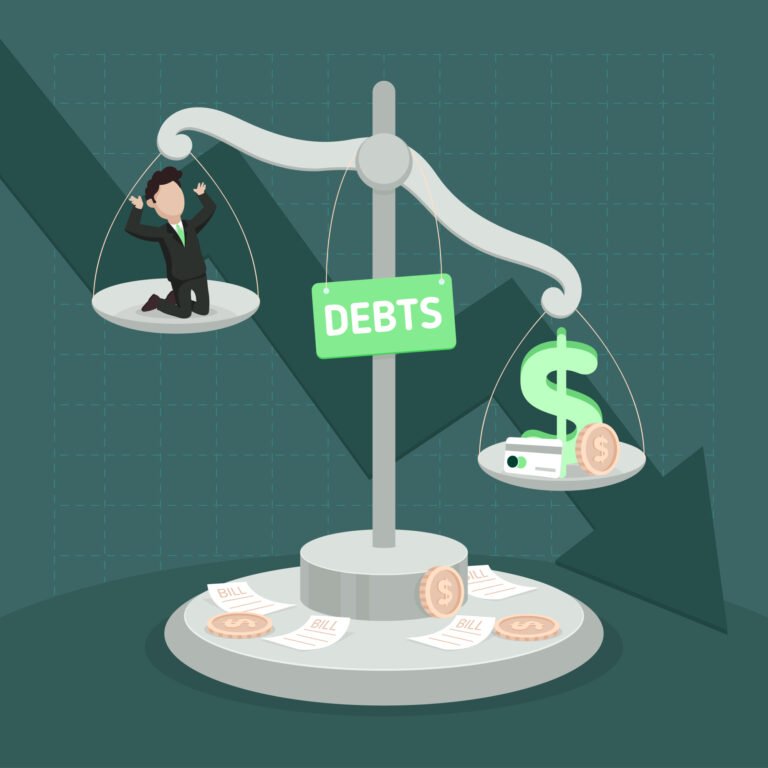Rainy Day Fund Calculator
Plan your rainy day fund to stay prepared for life’s surprises
Building a rainy day fund is a critical part of financial resilience, helping you prepare for life’s smaller, unexpected disruptions — like medical bills, urgent repairs, or temporary income loss. Unlike a full emergency fund, which covers major crises, a rainy day fund is designed for short-term, lower-cost surprises. Understanding how much to set aside depends on your lifestyle, monthly expenses, and risk exposure. By analyzing spending patterns and potential shortfalls, you can create a buffer that keeps you from relying on credit or disrupting long-term savings goals. Establishing this layer of protection strengthens your financial foundation and adds peace of mind in an unpredictable world.
Benefits of
Building a Rainy Day Fund
Planning for everyday surprises helps you:
☔️ Rainy Day Fund Calculator
Meet Alex
Example Scenario
Alex is a freelance videographer whose income varies month to month. He wants to build a rainy day fund to handle smaller, unexpected expenses without relying on credit cards or dipping into his emergency savings.
Monthly Expenses:
- Groceries, Utilities, Transport, and Miscellaneous: $2,000
- Target Coverage: 1.5 months
- Savings Goal: $3,000
Alex enters his expenses and target coverage into the calculator and sets a goal to save $250 per month.
| Monthly Saving | Goal Amount | Estimated Completion |
|---|---|---|
| $250 | $3,000 | 12 months |
➡️ Rainy Day Fund Goal: $3,000 in 12 Months
After reviewing the plan, Alex commits to a monthly savings schedule and sets up an automatic transfer to keep it consistent.
💡 With a clear savings target and timeline, Alex feels more financially secure. He’s now better prepared to handle unexpected costs like car repairs or medical co-pays — without disrupting his cash flow or long-term plans.
How the Rainy Day Fund Calculator Works – Plan Ahead for Life’s Small Surprises
✅ 1. Estimate Monthly Variable Expenses
Begin by identifying non-fixed monthly expenses that tend to fluctuate or arise unexpectedly, such as:
- Car repairs
- Medical co-pays
- Home maintenance
- Pet care or travel costs
Add up the average of these costs to form your base monthly estimate.
✅ 2. Choose Your Coverage Period
Decide how many months of coverage you’d like your rainy day fund to provide. This is usually 1–3 months, depending on your lifestyle and financial buffer goals.
Formula:
Rainy Day Fund Goal = Average Monthly Variable Expenses × Coverage Period
✅ 3. Set a Monthly Savings Target
Input how much you can set aside each month. The calculator will show:
- Total Savings Goal
- Time Needed to Reach the Goal
- Suggested Monthly Contributions
💡 This tool helps you prepare for short-term, non-emergency surprises without disrupting your daily finances — giving you peace of mind without over-saving.
Why Rainy Day Funds Often Fall Short — And How to Build One That Actually Helps
A rainy day fund sounds simple — set aside some money for unexpected expenses. But many people either skip it, underfund it, or use it the wrong way. When real emergencies hit, they find themselves turning to credit. Here’s where the problem starts — and how to make your rainy day fund actually work.
You Confuse It with an Emergency Fund
Rainy day funds cover small, unexpected costs — not major crises like job loss or medical bills.
Fix it: Use it for minor surprises like car repairs, appliance breakdowns, or vet bills — and keep emergency funds separate.
You Don’t Set a Realistic Target
Most people don’t know how much they need — or save too little to make a difference.
Fix it: Estimate an average of $500–$2,000 based on your lifestyle and past unexpected expenses.
You Save Without a System
Putting “whatever’s left” into savings rarely works. Inconsistent deposits mean slow progress.
Fix it: Set up automatic transfers, even if small. Saving $10–$50 per week adds up quickly.
You Keep It in the Wrong Place
If your rainy day fund is mixed with daily spending cash, it gets used accidentally.
Fix it: Keep it in a separate, easy-access account — not too close, but not locked away either.
You Dip into It for Non-Essentials
Without clear rules, it’s tempting to use the fund for wants instead of needs.
Fix it: Define your rainy day criteria. If it’s not urgent or unexpected, don’t touch it.
You Don’t Refill After Using It
One-time use is helpful — but if you don’t replenish, the fund disappears for good.
Fix it: Treat every withdrawal like a temporary loan. Set a plan to top it back up right away.
💡 Final Thoughts
A strong rainy day fund protects you from everyday financial shocks — and keeps your budget steady. It’s not about the amount — it’s about being prepared. Start small, be consistent, and treat this fund as your first line of defense.




